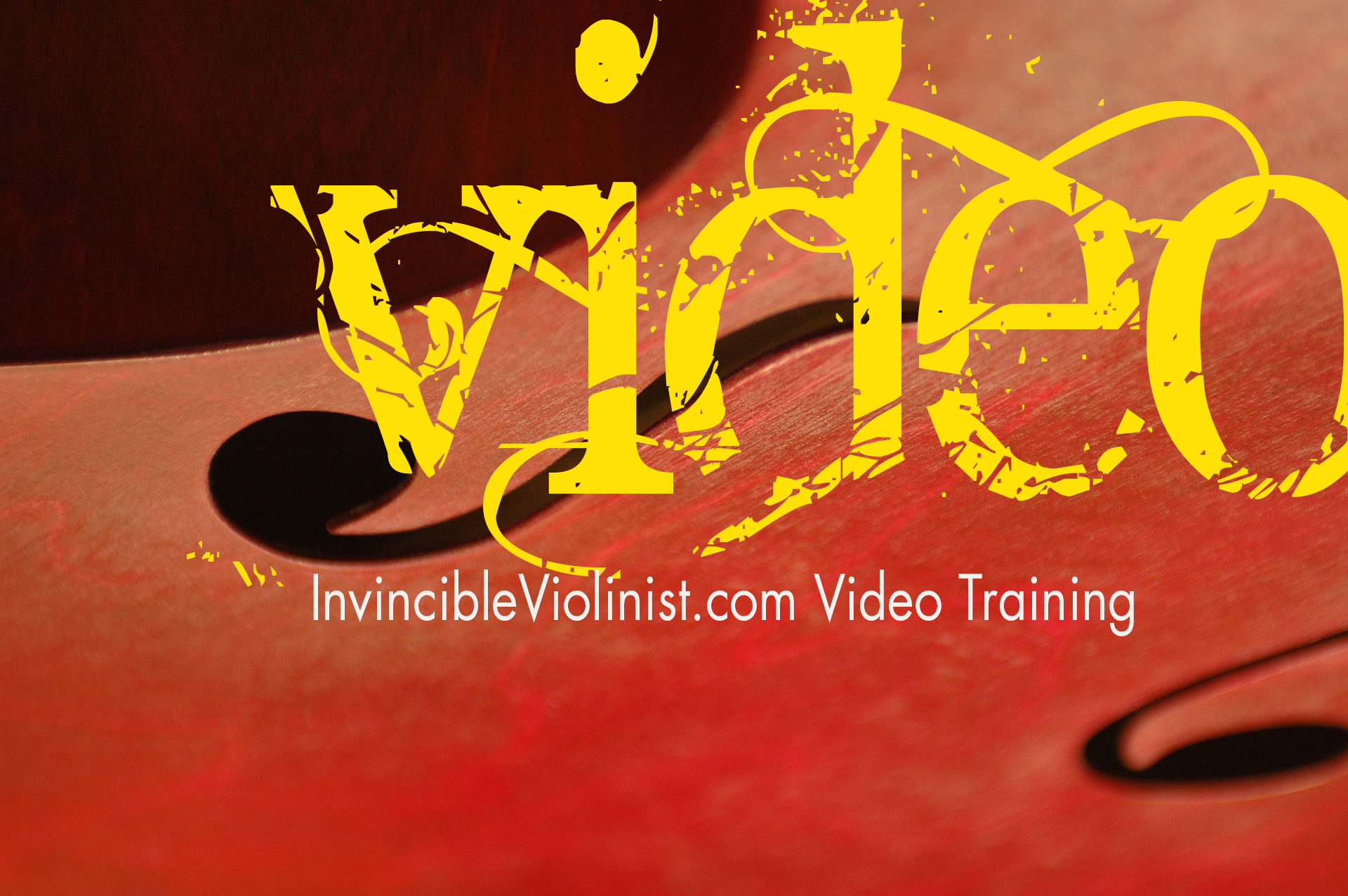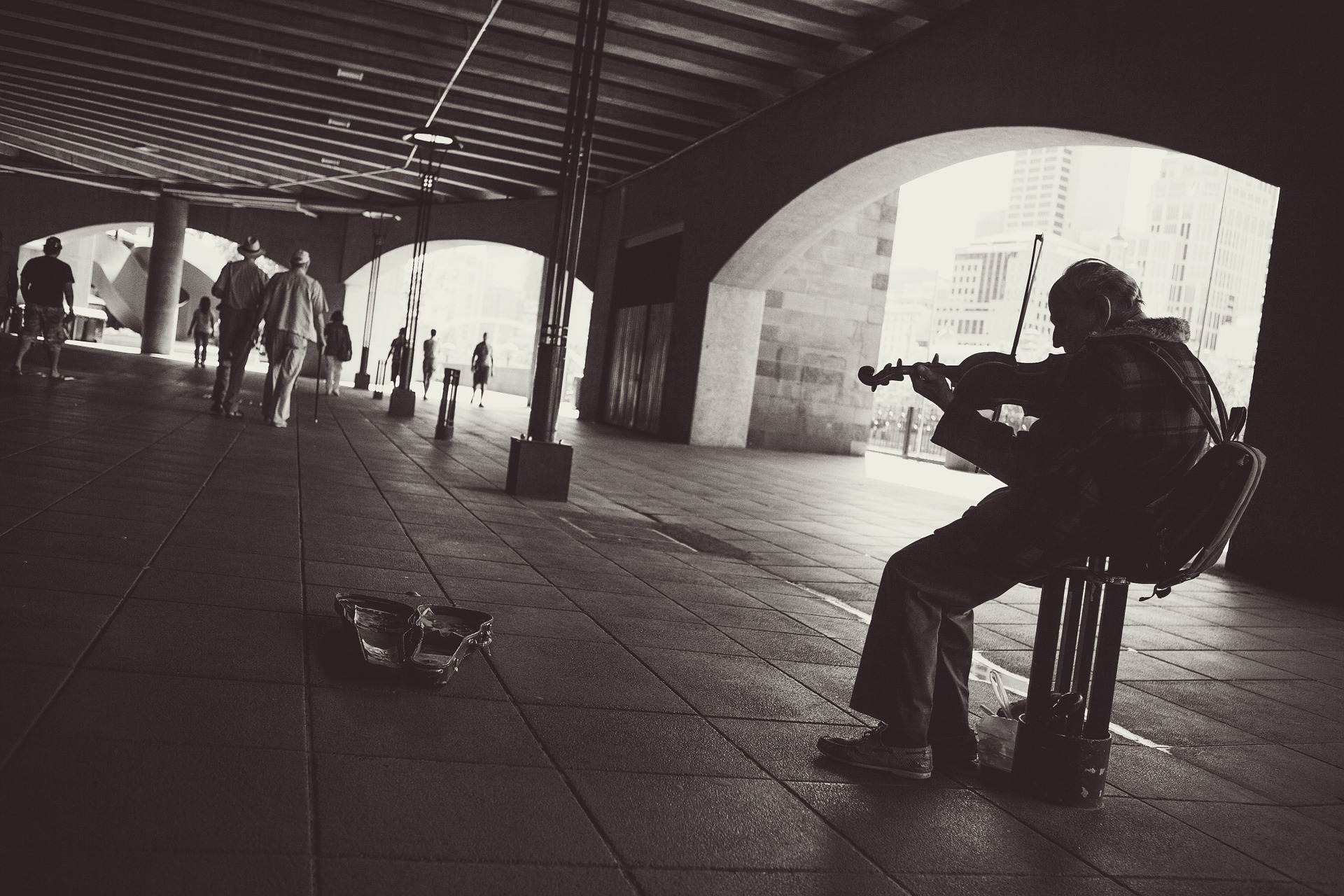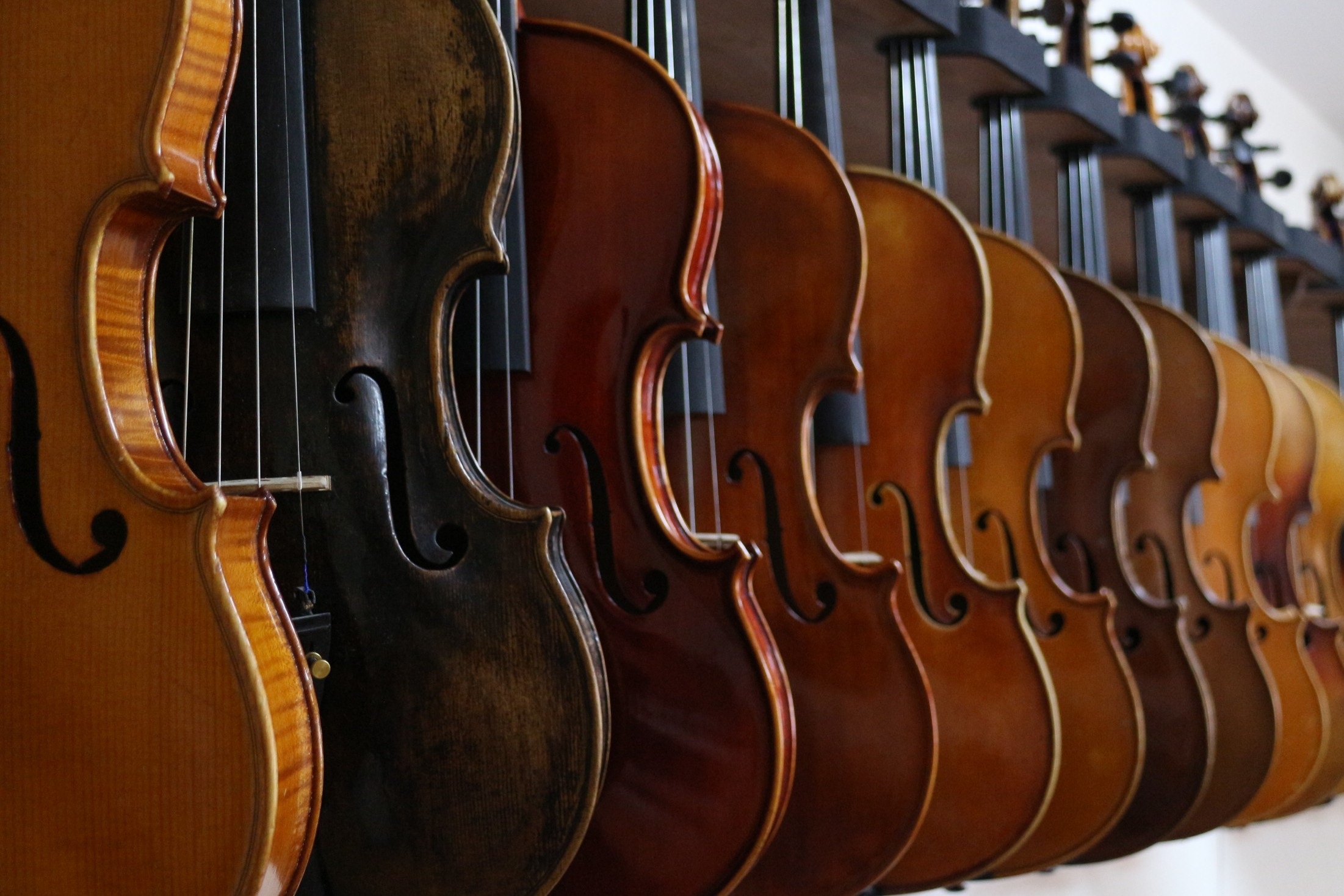Part 3 of 5.
(If you missed Part 2, you can read it here)
Dear Violin Co-Journiers,
Last week we discussed why “reactive” practice doesn’t work. The point I’m trying to get across: your best practice happens only when you plan for it to happen.
Of course, everybody “plans” on improving their skills, but hardly anyone knows how to make a specific plan for exceptional practice to happen. It’s true that sooner or later you might get better at violin by sheer grit and determination, but that’s a risky proposition.
If you are a random, reactive practicer, the odds are stacked against you.
If you are struggling, “don’t quit, don’t quit!” is something you might hear from yourself or from others whose violin skills are ahead of yours. But exactly how and when did these people become more advanced players?
I used to think these advanced players were simply started earlier, worked harder, etc. And in some cases these things could have been a factor. But after years of teaching and working alongside players of every level, it became clear they all had one thing in common:
These “advanced” players, the ones I thought of as luckier or more talented, all had some type of strategic approach to practicing. They weren’t/aren’t slamming away at their violins for hour upon hour for every little improvement. They all found a way to get things done more quickly and easily.
They all had a practice plan, (a strategy) and they all used some practice tricks (tactics) within that plan to make it all work. All of this done right is a lot simpler than it might sound. It works, whether you think you have “talent” or or not, whether you practice for hours or minutes, and even if you’re a complete skeptic!
Now to bring it all back, my #1, go-to violin skill development strategy is to make a comprehensive warm-up part of every practice session. You’ll remember last week we discussed the benefits of a warm-up routine. It clears your mind and provides a transition from the rest of your day. It lubricates your joints and muscles. It fine-tunes your sense of touch.
Doing this at the beginning of your session promotes a sense of ease and fluidity in your playing. You’ll feel it right away. It will feel great just to get your hands around the instrument. You’ll also get a lot more done in the remainder of your session. Others will notice the growing refinement in your playing.
Violin Warmup Deconstructed
I break my warm-up into three distinct parts. The best part about creating a three part warm-up routine: it improves everything you play, even the songs/pieces that you aren’t practicing that day. Sure, you will want to learn songs and pieces at some point, but when you bring your new found warm-up skills to your music, the notes and phrases will begin to quickly fall into your fingers.
To begin, here’s a simple way to remember your warm-up in three parts:
Part 1: Preliminaries (make a transition)
Part 2: Fine Tuning
Part 3: Growing
To begin, let’s consider Part 1.
To draw an analogy: If you get up in the morning, immediately wash down a cup of coffee, jump into your car and push full speed ahead into your day, burnout will very quickly catch up with you. On the other hand, you could stretch out, do a few simple exercises and top things off with a bit of meditation or gratitude practice. I guarantee that this second approach will make everything about your day better, including your violin practice.
The goal of Part 1 is to make a physical and mental transition into your practice. Perhaps you already have such a habit in place. If you need some ideas you can easily find inspiration in countless books or websites. Or simply find a quiet place to sit and breathe for five minutes. Notice the thoughts that come and go like clouds passing in the sky. Try it before your very next practice session.
Frequently taking such a mental and physical break is helpful even during a practice session. If you accidental drop a pencil during practice, consider it your cue to switch gears. If you find yourself feeling rushed, preoccupied or otherwise distracted during practice stop immediately. You are likely digging yourself into a hole. And that’s definitely not a good practice plan!
To sum up Part 1, here are a few mental trigger words for Part One of your warm-up:
Breathing, touching, stretching, moving, releasing, focussing, clearing
We’ll be talking about Parts 2 and 3 in the next couple of weeks. But there’s one more thing about the entire warm-up routine that I need to share with you today:
Your warm-up can (and should) include ALL of the specific skills you are currently interested in developing.
Example One: You’re preparing to play a song that requires fast finger motions in your left hand. You are tempted to blast your way directly into the song. Don’t! Instead, break out the rapid-fire finger action skill into Part 2 or 3 of your warm-up. I’ll be explaining how you can easily do that.
Example Two: You’ve noticed that your bow arm feels tense when performing certain musical passages. Removing tension is an important goal for many violinists, myself included. Instead of struggling and increasing the tension, simply model your desired bow action during Part 2 of your warm-up routine.
Remember: What you do during the warm-up spills over into every part of your playing. Always keep the cardinal rule of practice in mind: how you practice alone will always be how you play in public.
Your practice is more than a preparation for playing. Your practice is your playing. When you walk out on stage there’s no “performance mode” switch to flip. Your playing in public rarely if ever exceeds what you do in private. Every moment of your practice counts. Every note and every bow stroke matters.
Next week we’ll delve deeply into Parts 2 and 3 of your warm-up. Until then, enjoy your practice! The word we use is play the violin, so bring the attitude of curiosity and joyfulness into everything you do!
Bill Alpert
The Alpert Studio of Violin




